wherefore art thou strategy?
Every media plan starts with a brief and ends with execution. Somewhere in the middle comes the media strategy, which acts as the guiding light, moving us beyond the brief. A successful strategy is built on a deep understanding of the target audience, market, and category, which collectively translate into an insight (or human truth), about the group we are trying to engage. This insight helps to further guide the development of our overarching strategy, of which for each campaign there will be but one. Media Experts’ Strategy and Performance Media teams takes us through the ins and outs of a strategy- what it is, what it is not, and how to ensure that it contributes to clients’ success, today and in the future.
An effective media strategy has a strong direction and throughline throughout the entire plan, with elements which can be clearly related back to the overarching direction. A strategy should be media agnostic. It should be the answer to why tactics are selected, and not just a nice thought piece to lead the plan. In considering the idea of media strategy, it is equally important to understand what a media strategy is not. It is not driven by tactics, it is not unique to each media, and it is not a description of how something will be done. Being strategic equates to being smart about the process, the tactics we develop; it encourages thoughtfulness and smart execution. It should be present within the planning and buying process, digital and otherwise.
With the introduction of digital came a plethora of data sources that help to build a campaign strategy. Digital media ushered in innovative ways of buying media as well as the access to real-time metrics that set it apart from its traditional counterparts. The ability to hyper target, granularly report and buy media programmatically placed digital in a bucket of its own, leading to a steep learning curve for all involved within the industry. As digital media morphed into deeply technical and extremely granular channels, specialization within a singular media channel became prevalent in order to focus expertise accordingly. As time went on, we saw many traditional media channels adopt ways of buying media which were formerly digital. Lines continued to blur as the relationship between TV, radio, OOH, social, display and search became increasingly measurable. Despite this, we often still discuss “strategy” separately in terms of digital and traditional.
As we move into the future of advertising, we know that the ability to operate across disparate frameworks is going to be critical in ensuring a seamless customer journey. When we erase the silos between media channels and the lines between upper, mid and lower funnels, we can start addressing real people and their journeys.
Integration Will Drive Digital Evolution
Digital media and its rich outputs are a holy grail of data, giving us insight into the who, where, and what as well as how consumers are making their decisions. Although digital TACTICS and/or BUYING are not what drives strategy, digital data can be an amazing source of insight that can fuel strategy. Leveraging audience, market and category knowledge that come out of digital sources are imperative to building a successful media strategy. They should not, however, be used to build media specific strategies that defer from a campaign strategy. They should be used to lead the overarching campaign direction, which of course influence how our tactics come to life, but the days of media specific strategies are behind us.
Examples of rich digital knowledge
Search trends
Social listening
Past campaign performance
Competitive insights
On-site behaviors
Targeted vs. untargeted audiences
Site category performance
How do we ensure digital insights are driving strategy?
It all starts with our planning process. The BIG idea (i.e. the development of the Strategy) is not the starting point of the process, it is in the middle of the process. Furthermore, tactic selection is only determined AFTER the strategy has been signed off on. This means that a brief is a request for data/research not a request for tactics and budgets.
We need to foster the sharing of deep learnings between all groups in order to put forward our most complete and informed strategy. Following the planning process ensures that there is an alignment at the onset of what we are trying to achieve and the overarching direction we are taking to get there. In an industry where things move quickly, ensuring that all key steps have been accounted for allows for the flexibility to execute with speed, with the knowledge that all media is working towards the goal.
Example of Planning Workflow:
Wherefore Art Thou Strategy?
It is not in the eye of beholder. It is holistically guiding the entire campaign and backed by data driven insights that pressure test and optimize the thinking for future media strategies.
